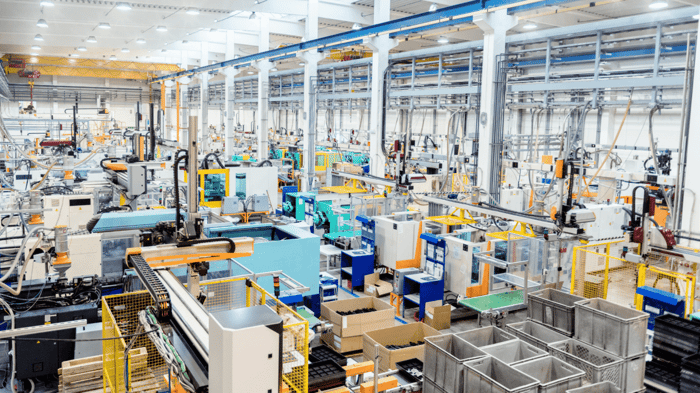In the world of e-commerce and logistics, the terms 3PL and drop shipping are often used interchangeably, but there are some key differences between the two.
In this blog, we'll explore the differences between 3PL and drop shipping and how to determine the right solution for your business.
3PL (Third-Party Logistics)
A 3PL is a third-party logistics provider that offers a range of outsourced logistics services, including transportation, warehousing, and distribution. 3PLs work with businesses to create customized logistics solutions that meet their specific needs, and they use their expertise and resources to help businesses improve their supply chain processes and reduce costs.
Advantages of 3PL:
Cost savings: By outsourcing logistics to a 3PL, businesses can reduce their logistics costs, as they only pay for the services they need, rather than maintaining an in-house logistics team.
Expertise and experience: 3PLs have the expertise and experience to manage logistics processes more effectively, which can help businesses improve their supply chain operations and reduce costs.
Flexibility: 3PLs offer a range of services, and businesses can choose the services they need, which provides greater flexibility and helps businesses respond to changing market conditions.
Scalability: 3PLs can help businesses scale their logistics operations to meet changing demand, which is especially important for businesses that experience fluctuations in demand.
Drop Shipping
Drop shipping is a retail fulfillment method in which the retailer does not keep goods in stock, but instead transfers customer orders and shipment details to either the manufacturer or a wholesaler, who then ships the goods directly to the customer. The retailer makes the sale, but the manufacturer or wholesaler is responsible for shipping the product.
Advantages of Drop Shipping:
No inventory: With drop shipping, businesses don't have to worry about holding or storing inventory, as the manufacturer or wholesaler is responsible for storing and shipping the product.
Low startup costs: Since businesses don't have to invest in inventory, the startup costs for drop shipping are lower compared to other retail fulfillment methods.
Flexibility: With drop shipping, businesses can offer a wide range of products without having to hold a large inventory, which provides greater flexibility and allows businesses to respond to changing market conditions.
Reduced risk: Since businesses don't have to hold inventory, the risk of carrying unsold inventory is reduced.
Choosing the Right Solution for Your Business
When choosing between 3PL and drop shipping, it's important to consider your specific business needs and goals. If you're looking for a solution that provides cost savings, expertise, and scalability, a 3PL may be the best option. On the other hand, if you're looking for a solution with low startup costs and reduced risk, drop shipping may be a better option.
It's also important to consider the size of your business and your overall logistics needs. For larger businesses with complex logistics requirements, a 3PL may be the best solution, as they can provide a range of services and resources to help manage your supply chain effectively. For smaller businesses with less complex logistics needs, drop shipping may be a better option, as it provides a lower-cost solution and reduces the risk of carrying unsold inventory.
Conclusion
3PL and drop shipping are two different solutions for managing your supply chain, and each has its own advantages and disadvantages. When choosing between the two, it's important to consider your specific business needs and goals, as well as the size of your business and your overall logistics requirements.





